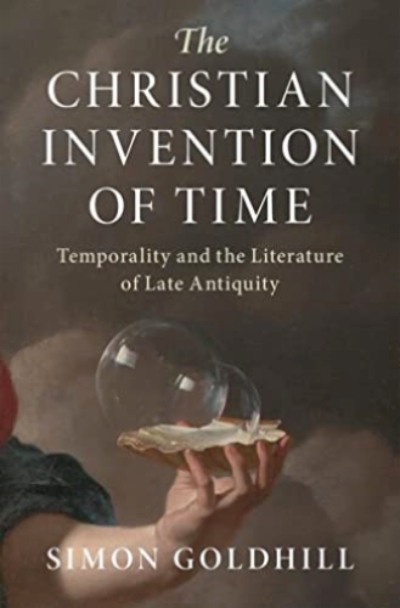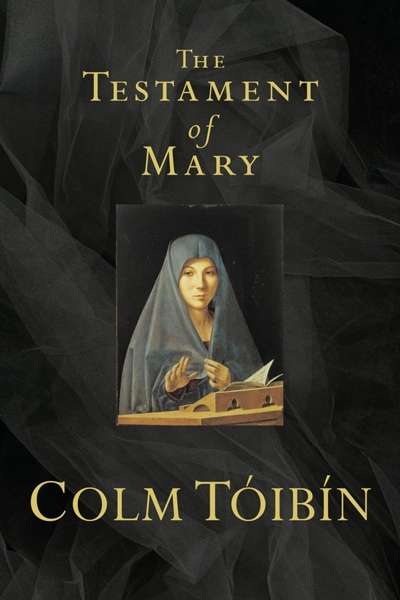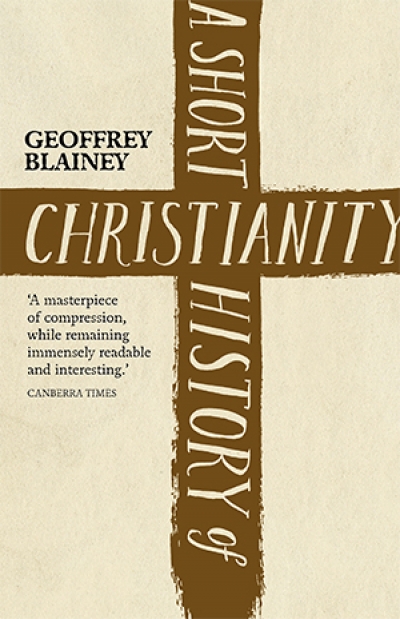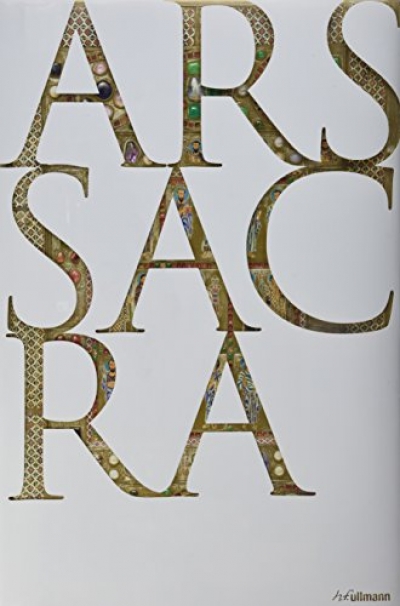Christianity
The Christian Invention of Time: Temporality and the literature of late antiquity by Simon Goldhill
by David T. Runia •
The Making of the Bible: From the first fragments to sacred scripture by Konrad Schmid and Jens Schröter, translated by Peter Lewis
by Constant J. Mews •
A Twentieth-Century Crusade: The Vatican’s battle to remake Christian Europe by Giuliana Chamedes
by Paul Collins •
Ars Sacra: Christian Art and Architecture of the Western World from the Very Beginning up Until Today edited by Rolf Toman and Thomas Paffen
by Christopher Menz •
It’s usually said that Australians are uninterested in the metaphysical. Where in America the lines between the secular and religious are notoriously blurred, not least in their politicians or sporting heroes invoking God on almost every conceivable occasion, Australians by contrast are held to be a godless lot, their mythologies entirely secular in form and meaning. God is rarely publicly invoked, except by ministers of religion whose particular business it is duly to do so.
... (read more)






